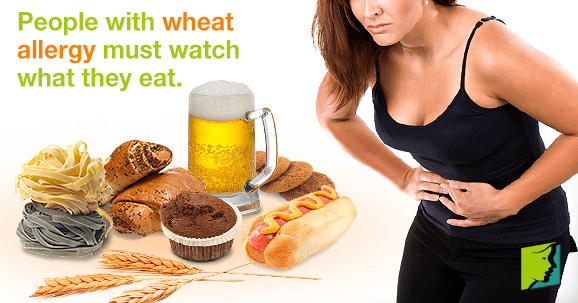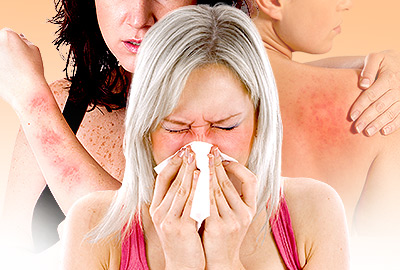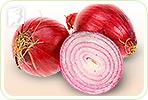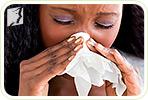A wheat allergy means a person reacts badly after consuming foods containing wheat or its derivatives. Wheat is one of the top eight food allergens in the U.S. Most of the time, the allergic reaction only occurs after eating wheat, but can also occur after simply inhaling wheat flour. Read on to find out more about wheat allergy, including its causes, symptoms, and how to avoid it.
What Is a Wheat Allergy?
A wheat allergy is a very common allergy that mostly affects children but can affect adults, too. It is not guaranteed to be lifelong; in fact, many children have outgrown the allergy by adulthood. People with wheat allergy often develop symptoms within a few minutes after eating a wheat product, and sources of wheat can often be quite unexpected; for example, both beer and ketchup contain it. Symptoms can range from mild to severe, and can even be fatal if the person does not get medical attention quickly enough.
What Are the Symptoms?
There are a range of possible symptoms, and very few people will experience all of them, but it is possible to have a few at once. Some of the most common are:
- Difficulty breathing
- Cramps, nausea, or vomiting
- Diarrhea
- Anaphylaxis
Because of the similarity in symptoms, a wheat allergy can often be confused with celiac disease. However, there is a fundamental difference; a wheat allergy means the person's body produces antibodies to attack the wheat, but suffering from celiac disease means that the gluten found in wheat triggers the immune system to attack the lining of the stomach.
What Is Anaphylaxis?
Anaphylaxis is the most severe type of reaction to wheat and can lead to death if not treated quickly. If you suspect yourself or somebody else of suffering from anaphylactic shock, then it is important to call a doctor or emergency service immediately. Some of the signs are:
- Swelling or tightness of the throat
- Chest pain or tightness
- Severe difficulty breathing
- Trouble swallowing
- Pale, blue skin color
- Dizziness
- Fast heartbeat
How Do I Deal with a Wheat Allergy?
Unfortunately, there is no cure, so dealing with a wheat allergy involves avoiding the substance altogether, although there are emergency medical treatments available for those who are suffering from a severe reaction. Sources of wheat are not always obvious, so reading ingredient lists of products prior to consuming them is a must for those who do suffer from a wheat allergy. A few examples of foods that contain wheat are:
- Breads and breadcrumbs
- Cakes and muffins
- Breakfast cereals
- Pasta
- Couscous
- Crackers
- Beer
- Soy sauce
- Some condiments, such as ketchup
- Meat products, such as hot dogs or cold cuts
- Dairy products, such as ice cream
In order to avoid wheat but still eat foods you love, it is possible to buy some foods made with rye or barley instead.
Wheat allergy is very common, but unfortunately, the food is such a staple in the modern diet that it is difficult to avoid. People with a wheat allergy must take a little more time and effort to check which foods are likely to cause their allergies and then find alternatives.
Sources
- Mayo Clinic Staff. (2014). Wheat allergy. Retrieved December 5, 2014, from http://www.mayoclinic.org/diseases-conditions/wheat-allergy/basics/risk-factors/con-20031834
- National Institutes of Health. (2014). Celiac disease - sprue. Retrieved December 5, 2014, fromhttp://www.nlm.nih.gov/medlineplus/ency/article/000233.htm




